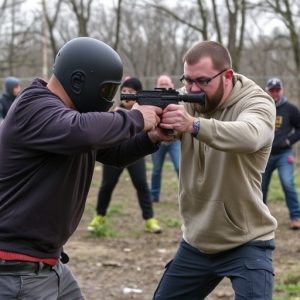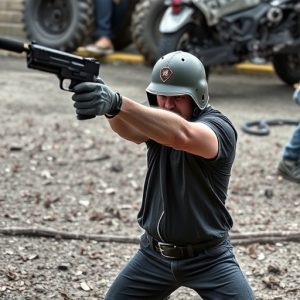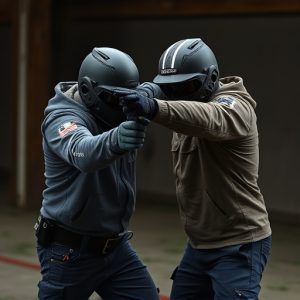Understanding Stun Gun Effects: Duration of Muscle Incapitation and Self-Defense Guns
Best-rated stun guns for self-defense deliver powerful electric shocks (12,000V+), temporarily incap…….
Best-rated stun guns for self-defense deliver powerful electric shocks (12,000V+), temporarily incapacitating attackers for 3-5 minutes. Effectiveness varies based on power output, design, size, weight, and individual body type. Key features include high voltage, low energy usage, ergonomic design, automatic shut-off, waterproof construction, and positive customer reviews. Testing and studies assess muscle incapacitation duration, crucial for safe escape during dangerous situations. Stun guns are popular for non-lethal personal protection but users must familiarize themselves with local laws.
The jolt from a stun gun can quickly incapacitate an attacker, but understanding the duration of muscle paralysis is crucial for self-defense preparation. This comprehensive guide explores the science behind muscle incapitation, factoring in variables that influence downtime. We delve into the top-rated stun guns on the market, analyzing their effectiveness based on extensive testing and real-world studies. Additionally, we navigate legal aspects and provide insights into practical applications of these powerful self-defense tools.
- Understanding Muscle Incapitation: What Happens When You're Stunned?
- Factors Influencing Duration of Muscle Paralysis from Stun Guns
- Best-Rated Stun Guns for Self-Defense: A Comprehensive Look
- Testing and Studies on Stun Gun Effectiveness and Downtime
- Legal Considerations and Real-World Applications of Stun Guns
Understanding Muscle Incapitation: What Happens When You're Stunned?
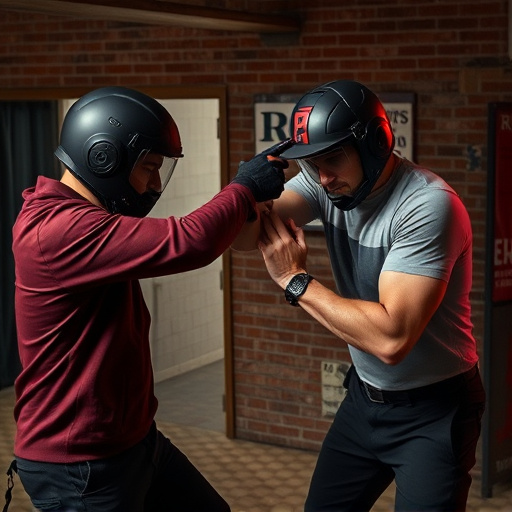
When a stun gun is used, it delivers an electric current that disrupts muscle control in the target. This leads to temporary incapacitation, allowing the user and any bystanders time to escape or render aid if needed. The duration of this muscle incapacitation varies based on several factors, including the power output of the stun gun, its contact points with the body, and the individual’s overall health.
Best-rated stun guns for self-defense are designed to deliver a powerful yet safe shock that can disable an attacker for several minutes. Studies suggest that a well-placed stun can render a person unconscious or immobile for 3 to 5 minutes, providing enough time for escape and safety. However, it’s crucial to remember that the effectiveness of any self-defense tool depends on correct usage, training, and understanding the limitations involved.
Factors Influencing Duration of Muscle Paralysis from Stun Guns

The duration of muscle incapacitation from stun guns can vary significantly, influenced by several factors. One of the primary considerations is the power output and design of the device. Best-rated stun guns for self-defense often have higher voltage and current ratings, which can lead to longer periods of paralysis. Advanced models may incorporate features like multiple charging options, adjustable settings, or specialized prongs that enhance their effectiveness.
Additionally, the size and weight of the stun gun play a role. Smaller, lighter devices might deliver a shock more quickly but could have shorter-lasting effects due to reduced energy storage capacity. Conversely, larger guns may take longer to deploy but often pack a stronger punch, resulting in extended periods of muscle incapacitation. User factors, such as body type and physical resilience, can also impact how long the effects of the stun last, highlighting the importance of choosing a stun gun suited to an individual’s needs for self-defense.
Best-Rated Stun Guns for Self-Defense: A Comprehensive Look
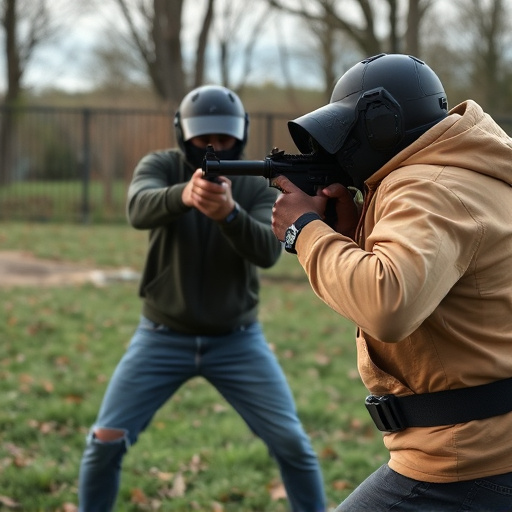
When considering best-rated stun guns for self-defense, several key factors come into play. Top-tier models are designed to deliver a powerful yet safe electric shock, incapacitating an attacker long enough to enable escape or assistance. Features like high voltage output (typically 12,000V or more), low energy usage to prolong battery life, and ergonomic designs for easy handling are crucial.
Many of the best-rated stun guns also offer advanced safety mechanisms, such as automatic shut-off features after a few seconds of continuous use, ensuring minimal risk of accidental shocks. Waterproof construction is another desirable trait, allowing users to employ them in various environments without concern. Brand reputation and customer reviews play significant roles in identifying reliable models known for consistent performance and durability.
Testing and Studies on Stun Gun Effectiveness and Downtime
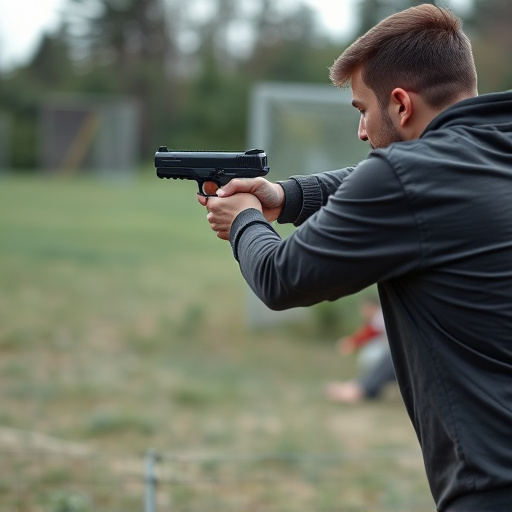
Testing and studies play a pivotal role in understanding the effectiveness and downtime associated with stun guns, especially when it comes to the best-rated stun guns for self-defense. Researchers and law enforcement agencies conduct rigorous trials to assess the impact of these devices on potential threats. These tests often involve simulated scenarios to mimic real-world situations, providing valuable insights into the performance of various stun guns.
One key aspect of study is determining muscle incapacitation duration, which measures how long a target remains immobilized after being stunned. Results vary depending on factors like the power output, probe design, and application technique. High-quality stun guns are designed to render an attacker unconscious for several minutes, providing individuals with crucial time to escape dangerous situations.
Legal Considerations and Real-World Applications of Stun Guns

Stun guns, also known as electroshock weapons, have gained popularity as a means of personal defense, especially among individuals seeking effective yet non-lethal options for self-protection. The market offers a range of best-rated stun guns designed to incapacitate attackers temporarily, providing users with precious time to escape or seek help. These devices work by delivering an electric current through two metal probes, causing muscle spasms and temporary paralysis in the target.
However, it’s essential to consider the legal aspects surrounding stun gun ownership and use. Regulations vary significantly across regions, with some areas allowing their possession for self-defense while others restrict or ban them altogether. Understanding local laws is crucial before purchasing a stun gun. Real-world applications include personal defense scenarios, where individuals can use stun guns to deter and subdue would-be assailants, offering a powerful yet non-lethal response option.
In conclusion, understanding muscle incapacitation from stun guns involves grasping both the physiological effects and variable duration of paralysis. Factors such as stun gun power, target area, and individual factors like age and health play significant roles in determining how long a person remains immobilized. The article has explored best-rated stun guns for self-defense, highlighting their effectiveness through comprehensive testing and studies. Additionally, legal considerations and real-world applications underscore the importance of responsible use and awareness when employing stun guns for personal safety. By staying informed about these key aspects, individuals can make informed decisions to protect themselves effectively.
